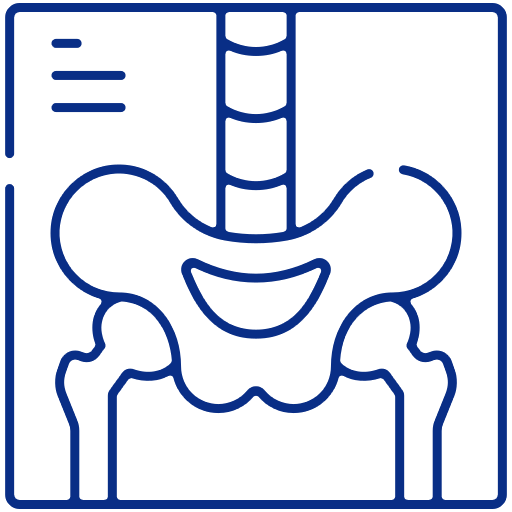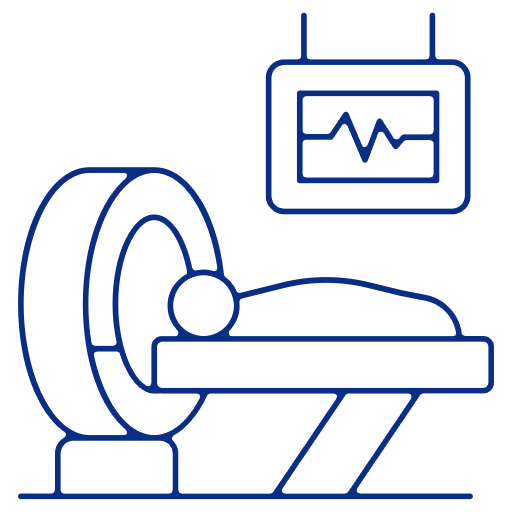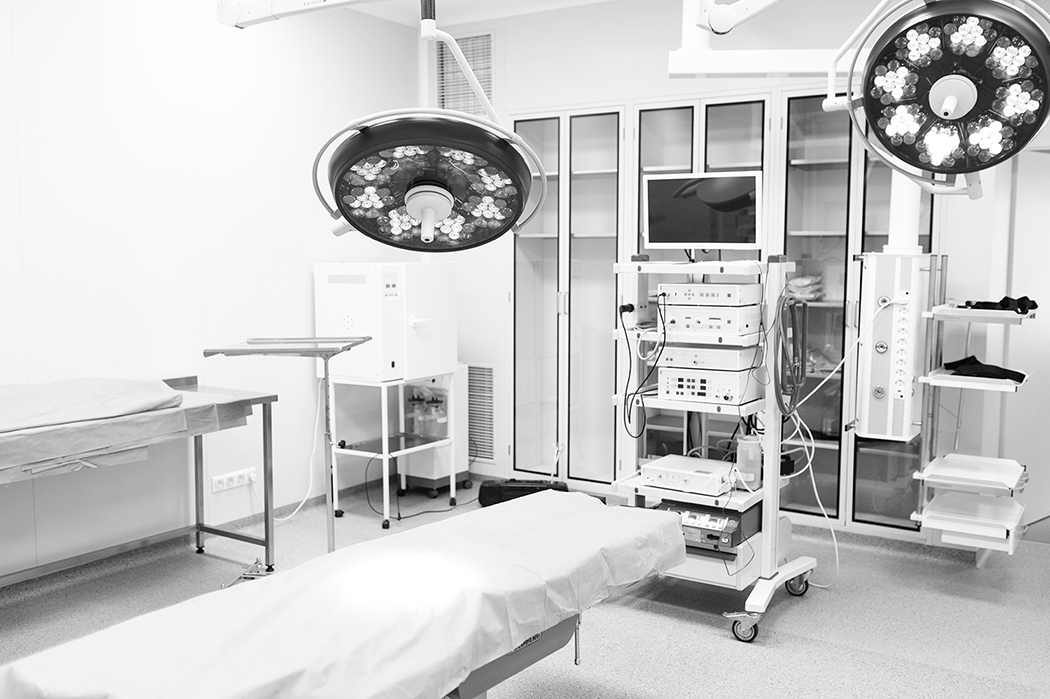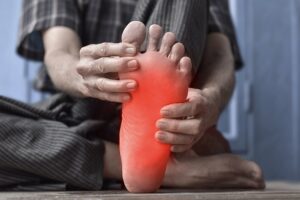Experience Relief with Sciatica Treatment







What is Sciatica?
Sciatica is a condition characterized by pain that radiates along the sciatic nerve, which runs from the lower back down through the hips and buttocks to the legs. It can cause sharp, shooting pain, numbness, tingling, and muscle weakness, making it difficult to perform even the simplest tasks.
Sciatica is often caused by a herniated disc, spinal stenosis, bone spurs, or muscle imbalances that put pressure on the sciatic nerve. It can range from mild to severe and may worsen with prolonged sitting, standing, or certain movements.
As Many as 43% of People Have Experienced Sciatica
Consists of 5 Separate Nerves Merged Together
Herniated Discs Are the Most Common Cause of Sciatica
Diagnostic Services
Accurate diagnosis is fundamental to effective sciatica treatment. At the Institute of Comprehensive Spine Care, we use state-of-the-art diagnostic services to precisely identify the extent and location of your condition.

X-Rays
Provide clear images of the skeletal structure, enabling us to identify abnormalities and assess the condition of the cervical spine, crucial for diagnosing conditions like osteoporosis

Physical Examination
Offer direct patient-doctor interaction, allowing the physician to assess symptoms, perform specific tests for nerve function and reflexes, and understand the patient's medical history

CT Scans
Provide highly detailed cross-sectional images of the body, including bones, blood vessels, and soft tissues, allowing for a precise evaluation

MRI Scans
Offer detailed images of soft tissues—including nerves, muscles, and intervertebral discs—in addition to the skeletal structure

Comprehensive Sciatica Treatment Options
Discovering the Possibilities
In certain cases, surgery may be necessary for sciatica treatment. Our experienced team, led by Dr. Bo, is dedicated to helping you explore the possibilities and develop a personalized treatment plan tailored to your specific needs and goals.

Treatment Options
Non-Surgical Treatment
These Treatmentfocus on conservative and non-invasive approaches to alleviate pain and restore function.
Physical Therapy

Heat and Cold Therapy

Over the Counter Medications

Injections

Surgical Treatment
When surgical intervention is necessary, Dr. Bo is a highly skilled and experienced spine surgeon who specializes in a range of surgical procedures.
Recovery from
Sciatica Treatment
Guiding You Towards Improved Health
We employ various pain management strategies and collaborate closely with physical therapists to develop a tailored rehabilitation plan that promotes healing, restores function, and minimizes downtime. We will guide you through every step of your recovery journey, ensuring the best possible outcomes.
Don't Just Take Our Word For It
Dr. Bo has over 500 5-star reviews.

Sciatica Treatment
You Can Count On

The Most Trusted Spine Surgeon in NY & NJ
Dr. Gbolahan Okubadejo, affectionately known as Dr. Bo, is a top-rated spine surgeon based in the NY/NJ metropolitan area. He leads The Institute for Comprehensive Spine Care, providing patient-centered care and demonstrating a commitment to excellence. Besides his clinical work, Dr. Bo is a respected researcher, a recipient of prestigious awards, and an advocate for preventive care and minimally invasive procedures. His patient-centered approach extends to educating patients and involving them in their treatment decisions.
Sciatica FAQs
Answers to Common Questions. Click to Learn More
The most common symptoms of sciatica include sharp or shooting pain in the lower back, buttocks, and legs, numbness or tingling sensation in the affected areas, muscle weakness, and difficulty in moving the leg or foot.
Sciatica is commonly caused by a herniated disc, which occurs when the soft inner core of a spinal disc protrudes through the outer layer and presses on the nearby nerve roots. Other causes may include spinal stenosis, degenerative disc disease, spondylolisthesis, or rarely, tumors or infections.
The duration of sciatica varies depending on the underlying cause and individual factors. In many cases, symptoms improve within a few weeks or months with conservative treatments. However, some cases may persist for longer periods, requiring further evaluation and treatment.
While it may not be possible to prevent all cases of sciatica, certain measures can help reduce the risk. Maintaining good posture, practicing regular exercise to strengthen the core and back muscles, using proper lifting techniques, and avoiding prolonged sitting or standing can contribute to spine health and reduce the risk of sciatica.
In most cases, it is advisable to stay active and continue with gentle exercises and activities that do not exacerbate pain. Physical therapy exercises and stretches specifically designed for sciatica treatment can help relieve symptoms and improve flexibility and strength. However, it is important to consult with a healthcare professional for guidance on appropriate exercises and activity levels based on your specific condition.
Sciatica can recur, especially if the underlying cause is not effectively addressed or if there are predisposing factors such as degenerative changes in the spine. However, with appropriate treatment and preventive measures, the risk of recurrent episodes can be minimized.



















